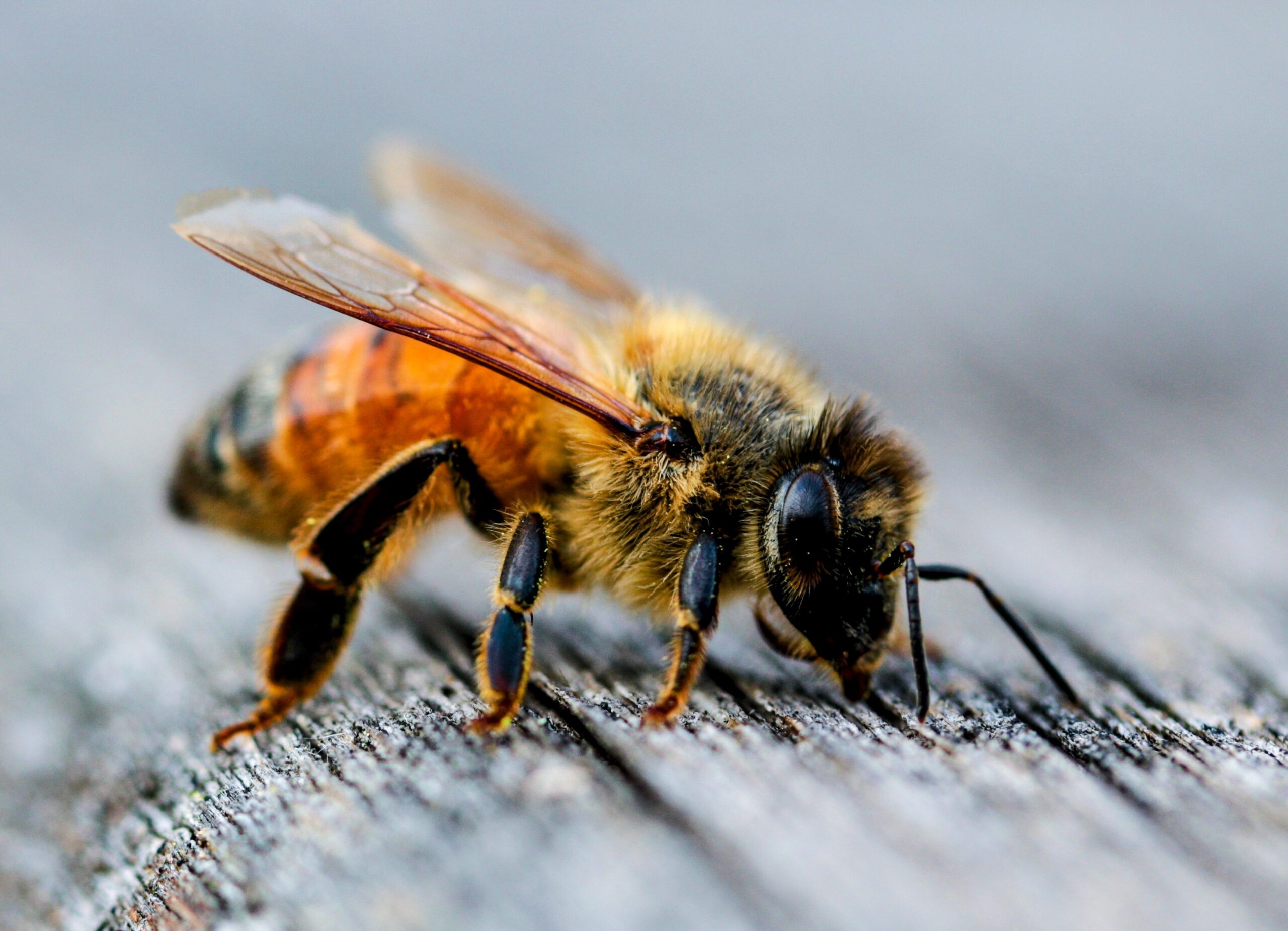Congenital disorders
A type of sugar that kills honeybees could help fight cancer
A team of scientists led by Sanford Burnham Prebys and the Osaka International Cancer Institute has recently found that mannose – a type of sugar known to be lethal to honeybees – inhibits the growth of cancer cells in humans and could thus potentially be used as a secondary treatment against cancer.
“This sugar could give cancer an extra punch alongside other treatments,” said study co-author Hudson Freeze, the director of the Human Genetics Program at Sanford. “And because mannose is found throughout the body naturally, it could improve cancer treatment without any undesirable side effects.”
Anti-cancer properties
Mannose is a type of sugar that the organism adds to proteins to stabilize their structure and help them efficiently interact with other molecules, in a process called glycosylation. Although scientists have long known that the malfunctioning of this process could lead to rare, life-threatening diseases, the anti-cancer properties of mannose have not yet been explored.
“Until now, the most promising therapeutic use for mannose was to treat congenital disorders of glycosylation, diseases that can cause a wide range of severe symptoms throughout the body,” Freeze said. “But we believe that there may be ways to leverage mannose against cancer and other diseases as well.”
Focus of the study
To better understand the anti-cancer properties of mannose, the scientists turned their attention to a surprising effect this type of sugar has on honeybees.
“It’s been known for more than a century that mannose is lethal to honeybees because they can’t process it like humans do – it’s known as ‘honeybee syndrome.’ We wanted to see if there is any relationship between honeybee syndrome and the anti-cancer properties of mannose, which could lead to an entirely new approach to combat cancer,” Freeze explained.
What the researchers learned
By using genetically engineered human cancer cells from fibrosarcoma (a rare type of cancer affecting connective tissues), the experts recreated the honeybee syndrome and discovered that, without the specific enzyme needed to metabolize mannose, cells replicate slowly and are more vulnerable to chemotherapy.
Thus, triggering honeybee syndrome in cancer cells makes them unable to synthesize the building blocks of DNA and replicate normally – a phenomenon that could explain the anti-cancer properties of mannose.
Although leveraging honeybee syndrome could turn out to be a promising supplemental cancer treatment, further research is needed to determine which types of cancer are most vulnerable to this type of sugar.
“If we can find cancers that have a low activity of the enzyme that processes mannose, treating them with mannose could give just enough of a nudge to make chemotherapy more effective,” Freeze said. “Many people assume that you always discover treatments in response to the disease, but sometimes you find biology that could be useful for treatment and then have to find the disease to match it.”
“The glycobiology of sugar metabolism within cancer cells is still an unexplored frontier, and it could be an untapped treasure trove of potential treatments just waiting to be discovered,” he concluded.
The study is published in the journal eLife.
More about mannose
Mannose is a type of sugar molecule that belongs to a group of substances known as monosaccharides – which are the simplest form of carbohydrate and can’t be further hydrolyzed into simpler compounds. Other common monosaccharides include glucose and fructose.
Mannose is important in human metabolism, particularly in the glycosylation of certain proteins. Glycosylation is a process where a carbohydrate, like mannose, is attached to a protein or a lipid. This modification can alter the function and behavior of the protein or lipid.
One of the notable characteristics of mannose is its role in urinary tract health. Some research suggests that D-mannose, a form of mannose, can adhere to certain bacteria such as E. coli, preventing them from sticking to the walls of the urinary tract and causing infections. Thus, D-mannose is sometimes used as a supplement to support urinary tract health.
Additionally, mannose can be used by the body to produce mannose-6-phosphate, which is involved in lysosomal metabolism. Deficiencies in the production or utilization of mannose-6-phosphate can lead to certain types of lysosomal storage diseases.
—-
By Andrei Ionescu, Earth.com Staff Writer
Check us out on EarthSnap, a free app brought to you by Eric Ralls and Earth.com.

